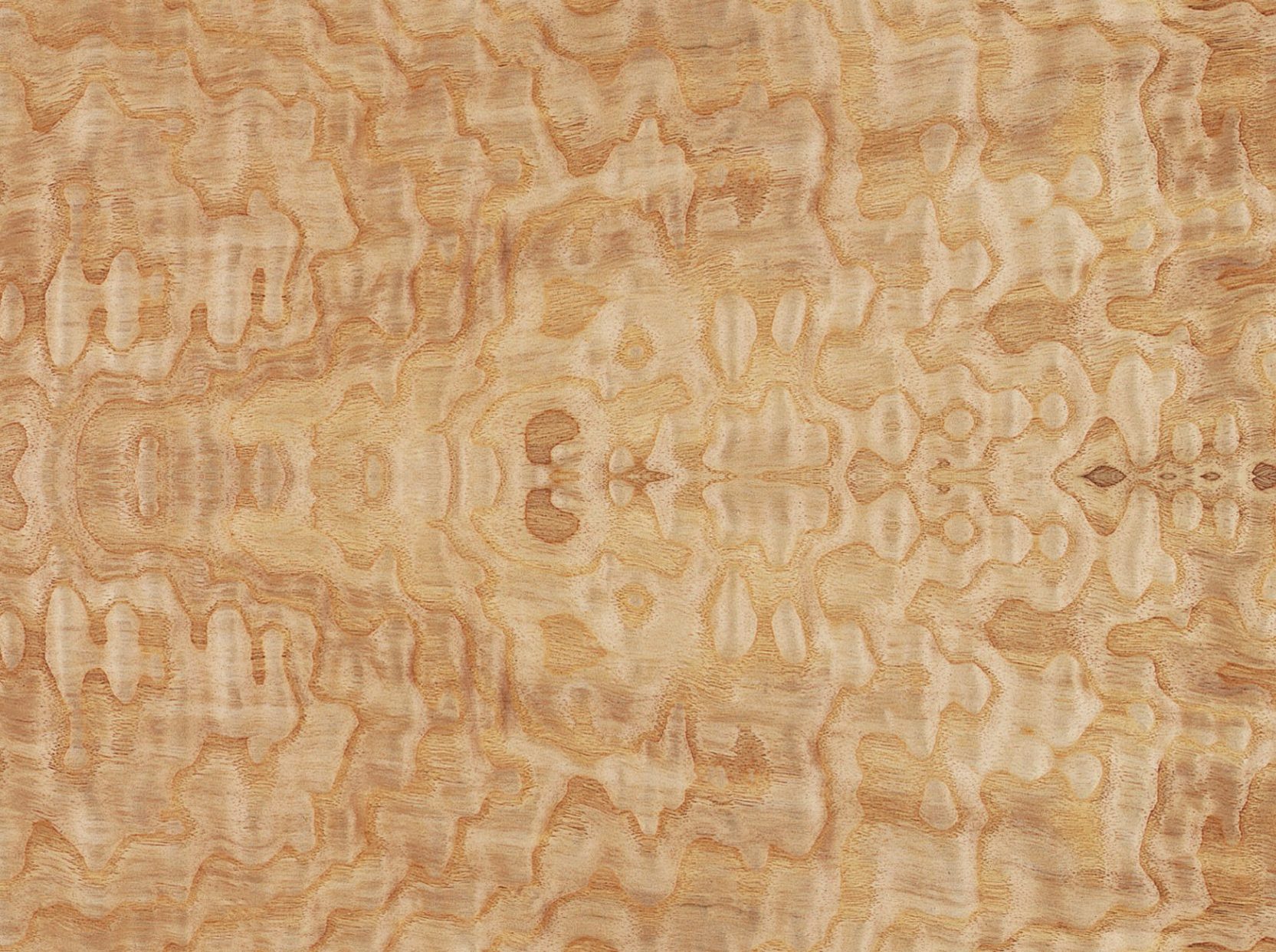
Tamo
Fraxinus mandschurica

Handelsname
Damo, Yachidamo (japanische Bezeichnungen)
Ursprungsland
Ostasien
Vorkommen
Südostasien, vor allem in Japan, Korea, in der Mandschurei und auf Sachalin. Die für Europa wichtigen Holzaufkommen finden sich jedoch in Japan, vor allem auf Honshu und Hokkaido.
Verwendung
Hochwertiges Innenausbauholz, durch die wolkige oder "Fiddleback" (Riegel)-Zeichnung hochdekorativ; Konstruktionsholz (nur in Japan).
Eigenschaften
Die Farbe ist etwas dunkler als die der Europäischen Esche, allerdings gleicht Tamo im verarbeiteten Zustand jedoch eher der Europäischen Eiche. Buntes Tamo und Tamo Maser sind hervorragend geeignet zur Herstellung von sehr dekorativen Furnieren.
Verarbeitung
Mit allen Werkzeugen ohne Schwierigkeiten bearbeitbar. Lediglich Kanten und Profile können bei nicht einwandfrei scharfen Werkzeugen leicht einreißen.
Trocknung
Aufgrund des schon geringen Feuchtigkeitsgehaltes des Rundholzes trocknet Tamo sehr gut und schnell. Es besteht in der Regel keine Neigung zur Rissbildung oder zum Verwerfen.
Oberfläche
Problemloser Einsatz von allen gängigen Oberflächenmitteln wie Beizen und Lacke.
Verleimung
Tamo lässt sich ausgezeichnet verleimen, Schraub- und Nagelverbindungen sollten vorgebohrt werden, halten dann aber fest.

